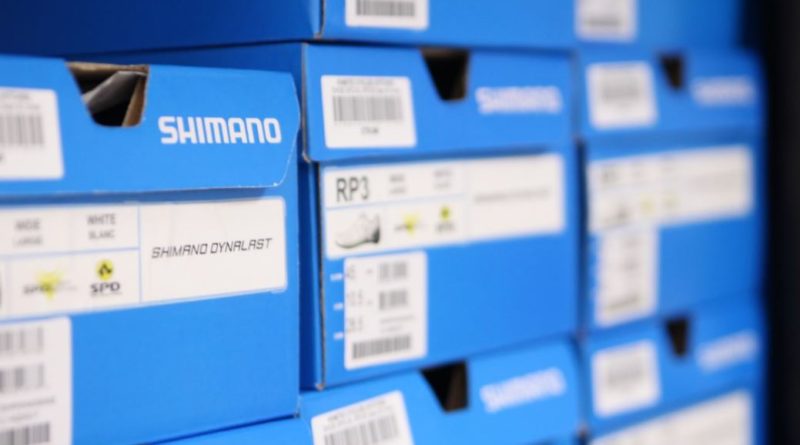Shimano outlines $179m investment plan for Singapore plant
Shimano will seek to address its current stretched production capacity, adding a new plant in Singapore, according to Nikkei Asia.
Taizo Shimano, the company’s new president announced the $179 million investment, pitching the plant as a means to meet head on the surging demand in the bicycles for transportation segment. The new investment comes as an existing facility in Singapore is showing signs of it four decade age.
Pithed to be built in the Jurong Innovation District on the western side of the city the firm’s presence remains in the same area as previously. Output from this factory’s production lines is expected to address the production of high-end transmissions and do so with an element of digitalisation. Taizo described the ambition as crating a “factory of the future.”
Interestingly, the build was touted to take place during 2020, but work was halted in the face of the pandemic’s spread. It is now anticipated that the factory can be operational by 2022. In terms of output, the additional investment will apparently add 1.5 times the former capacity out of Singapore.
Furthermore, it is believed that Shimano will invest a further $118 million to develop its Japanese factories in both Osaka and Yamaguchi.
Commanding the lion’s share of OEM and aftermarket component supply, Shimano has been under pressure to meet far higher than usual demand under conditions that are not conducive to increasing production. The bicycle arm is around four fifths of the company’s sales, with fishing accounting for the remainder.
Just last month it was announced that the firm’s Malaysian factory would be forced to close in the face of localised Covid-19 restrictions.
In its trading update for 2020 Shimano did register a 2.7% growth for cycling sales, despite the Covid challenges posed to what is very much a global business. A prediction to add 20% in new sales was tacked onto the investor relations statement issued in February.
Where bike businesses have battled to source kit to finish bikes and repairs alternate suppliers have made up an increasing share of orders. Brands outside of the top tier have reported encouraging feedback from customers who have not previously used their kit.



